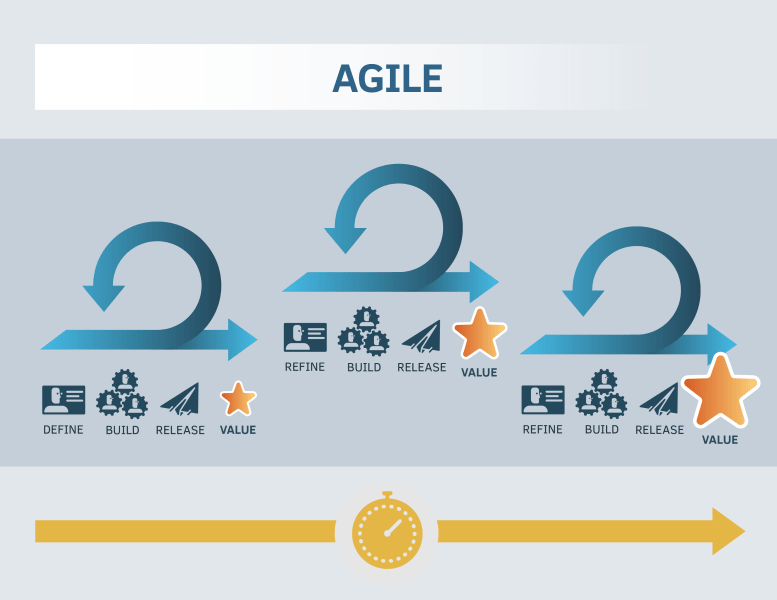Hello there! Today, we’re diving into the exciting world of digital product creation, focusing on how to craft products that people not only want to use but can’t resist. In this blog post, we’ll explore key strategies, real product examples, and practical tips to help you create digital products that captivate users and drive adoption. So, let’s get started on this journey of creating irresistible digital experiences!
Understanding User Needs
The first step in creating a product that people truly want to use is to understand their needs. Empathy is key here. Put yourself in the shoes of your target audience and ask questions like:
- What problem does the product solve?
- How does it improve the user’s life or work?
- What pain points or challenges does it address?
Let me share an example. One product I was involved with had a very high-level feature set laid out by the client. However, upon first review and working through the three main questions listed above, it became obvious that a deeper discovery was needed to confidently answer these questions and deliver a product that would have a high level of adoption.
For Agilno team, this wasn’t an issue, as we were able to work directly with the client to collaborate on each feature in more detail. This ensured robust functionality that truly improves not only the user’s life but the entire community involved with the product.

User-Centric Design
To create a successful product, it’s essential to focus on user-centric design once you have a clear understanding of your user’s needs. The user interface (UI) and user experience (UX) should be intuitive, visually appealing, and functional. Here are some key principles to keep in mind:
Simplify: Eliminate complexity and make the product easy to understand and use.
Consistency: Ensure a consistent experience across different devices and platforms.
Feedback: Provide clear feedback to users so they know their actions are recognized.
For example, when working on our product, we transformed what could have been a complex user interface into a streamlined and user-friendly design. By simplifying the configuration process, we reduced the number of steps and made it more efficient for users.
Continuous User Feedback
Feedback is a valuable asset in the digital product development process. Actively seek feedback from users, listen to their suggestions, and make improvements accordingly. This iterative approach helps you refine your product and make it even more desirable to your target audience.
At Agilno, our development process follows an agile approach. This iterative approach allows us to be in constant communication with all stakeholders for constant feedback, learning, and improvement. This process breaks the product development journey into smaller, manageable chunks, known as sprints, where we develop, test, and refine features incrementally. At the end of each sprint, we hold a demo with you and all stakeholders to showcase what we have completed. It provides a great opportunity to see the team’s accomplishments and discuss any adjustments that we should review.
This approach fosters flexibility, adaptability, and the ability to respond quickly to changing user needs and market dynamics. This also allows prioritization of the features to create a minimally viable product (MVP), allowing us to get your digital product to market faster.

Delightful and Personalized Experiences
One of the keys to creating a product that people want to use is to make it delightful and personalized. Tailor the experience to meet individual preferences, interests, and contexts whenever possible. Use data-driven insights to understand your users better and create unique experiences that resonate with them.
Continuous Data-Driven Optimization
Building a digital product people want to use goes beyond its initial launch. It requires an ongoing commitment to data-driven optimization. We accomplished this by leveraging user analytics, behavioral data, and feedback mechanisms. We track user interactions, allowing us to identify pain points and make informed decisions to enhance the product over time. Regularly measuring key performance indicators (KPIs) enabled us to gauge success and iteratively refine the product’s features and functionality.
Final Thoughts
Creating digital products that people want to use is a multifaceted process that requires understanding user needs, designing user-centric experiences, gathering feedback, personalizing the product, and ensuring seamless integration. By incorporating these strategies and learning from real product examples, you can develop digital products that captivate users, drive adoption, and make a meaningful product people want to use.



